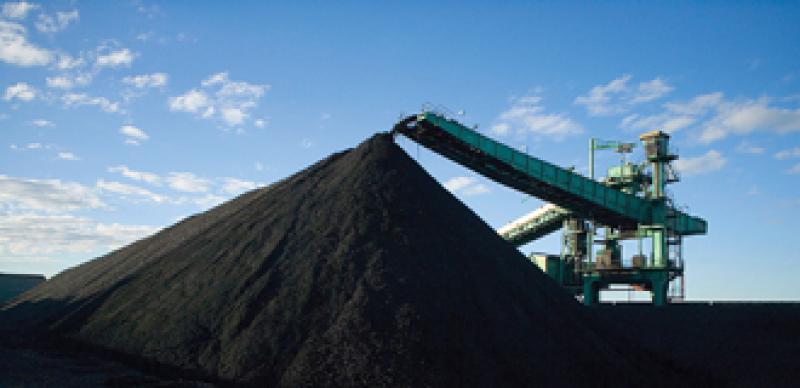Massive cyclone, extraordinary flooding, huge forest fires and a decadelong drought have turned parts of Down Under into disaster zones. But Australia’s economy has barely flinched, after sidestepping recession almost alone among developed markets. It grew 3 percent in 2010 and is expected to do even better this year, according to the International Monetary Fund. “The Australian economy has been one of the most resilient in the OECD during the global economic and financial crisis,” says the Paris-based Organisation for Economic Co-operation and Development in its 2010 survey of the country.
Equity investors have benefited. Over the five- and ten-year period through February 24, Australian stocks were up an annualized 10.96 percent and 15.75 percent, respectively, in U.S. dollar terms, according to MSCI. No other major market did better in either time frame.
Despite 18 years of economic growth, Australia barely registers in market-cap-weighted portfolios. The reason: Its equities are only 4 percent of the MSCI world index. But no other nation makes a better case for an alternative approach to country exposure.
What unnerves some investors is that a large chunk of the Australian market is geared to commodities. Tim Murphy, co-head of fund research at Morningstar Australia, says commodities make up 25 percent of the large-cap Standard & Poor’s ASX 200 index, with global leader BHP Billiton accounting for half of that number. Murphy figures the economy is levered even higher to raw materials. “A retrenchment in prices could drag heavily on Australian shares,” he says. “However, if we’re in the early stages of a global recovery, odds are commodities are far more likely to rise than to fall significantly over the medium term.”
Financials claim an even bigger share of the market: 40 percent. Mark Daniels, Sydney-based portfolio manager of the A$193 million ($193.3 million) Aberdeen Australia Equity Fund, finds that the local banks make stable portfolio ballast because they’re less volatile than commodities. With dividend yields averaging 6 percent, they should deliver total returns in the low double digits as long as the economy is growing, Daniels surmises. He likes Commonwealth Bank of Australia, Westpac Banking Corp. and Australia and New Zealand Banking Group, with the last looking to generate 20 percent of its profits from Asia by the end of 2012.
Strong Asian growth has propelled Australia, but it could slow — the second major risk. Mainland China accounts for nearly 20 percent of Australian exports, making it the country’s largest buyer. A third concern is rising interest rates. At 4.75 percent, Australia’s central bank overnight rates are the developed world’s steepest. Scott Hixon, head of investment research and a portfolio manager with Atlanta-based Invesco’s $7 billion global asset allocation team, thinks the long end of the curve may move up 100 basis points by year’s end. Hixon is short ten-year Australian sovereign futures. Higher rates could slow growth, but these yields are good news for U.S., European and Japanese investors.
The Australian yield curve is relatively flat, with only 80 basis points separating one- and 15-year sovereigns. This means investors can stay short-term to capture most of the country’s yield advantage. Whereas it takes 30 years to earn 4.5 percent on U.S. Treasuries, investors can collect more than 5 percent from three-year Australian sovereigns.
Normally, such yield differential would suggest significant currency risk. But with superior current-account balances, a healthy government budget and debt levels, and a sound banking system behind it, the Aussie dollar looks to be a far safer play than the greenback, euro or yen. Although there may be bumps in the near term, Invesco’s Hixon thinks rising interest rates and commodity prices will drive up the currency, which he’s been long since mid-2010.
Investing in Australia comes with risks, but they’re the kind that most developed nations would be glad to have. And with the country’s central bank predicting a 33 percent jump in corporate earnings over the next two years, the party isn’t finished Down Under.







